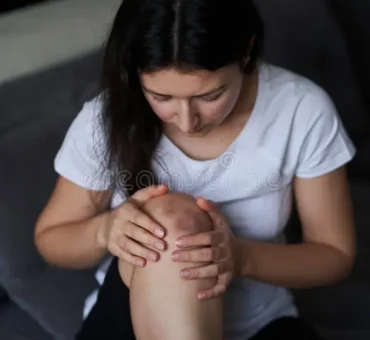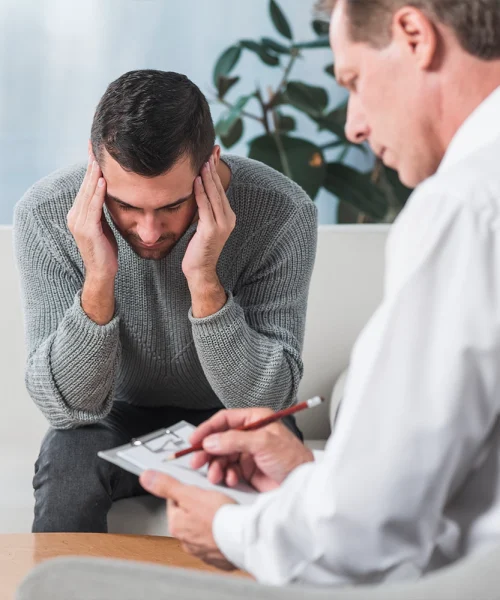- Mumbai, New Delhi, Bangalore
- (+91) 81518 30000
- WhatsApp Now
- contact@vedawellnessworld.com
Self-harm is often misunderstood seen only as a symptom, not a signal. But behind every act of self-injury is a person trying to cope with intense emotional pain.
At Veda Wellness, we approach self-harm with deep compassion and clinical care. We believe that healing isn’t just about stopping the behavior, it’s about understanding the hurt behind it and creating space for recovery, connection, and hope.
Self-harm, also known as non-suicidal self-injury (NSSI), refers to intentionally hurting one’s body as a way to manage overwhelming emotions, numbness, or inner turmoil. Common forms include cutting, burning, hitting oneself, or interfering with wound healing.
Contrary to popular belief, self-harm is not always a suicide attempt. Rather, it’s often a cry for relief, a way to feel something when emotions are too painful or too distant.


Understanding the why behind self-harm is the first step toward healing. It’s not attention-seeking — it’s emotion-regulating.
Some common underlying causes include:


Our clinical team takes a non-judgmental and supportive approach to understanding each client’s experience with self-harm.
A thorough assessment of mental health history, current emotional triggers, and behavioral patterns is done through safe, private conversations.
We assess how often the behavior occurs, what emotional states precede it, and what relief (if any) it brings. Sleep issues, eating patterns, and social withdrawal are also examined.
We distinguish between non-suicidal self-injury and suicidal ideation to provide the right level of intervention whether outpatient therapy or intensive care.
Healing from self-harm is possible but it takes time, trust, and the right support. At Veda, we offer a blend of evidence-based therapies and holistic practices tailored to each individual.
If self-harm is linked with conditions like depression, anxiety, or mood disorders, medication may be introduced as part of a broader care plan — always under medical supervision.
Outpatient Therapy
Ideal for individuals who can function in daily life but need regular therapeutic support to manage urges and emotional distress.
Intensive Outpatient Programs (IOP)
Provides a structured environment with frequent therapy sessions, group support, and coping skill-building — without residential stay.
Inpatient Care (Residential Treatment)
For severe or high-risk cases, round-the-clock care in a healing environment helps break the cycle of self-harm safely and deeply.
Aftercare and Relapse Prevention
Self-harm recovery isn’t linear. That’s why our aftercare programs focus on long-term support:
Holistic Approaches to Healing
We believe true healing integrates the mind, body, and spirit.
Mindfulness & Meditation
Mindfulness helps individuals become aware of their triggers, pause between thought and action, and respond more intentionally to pain.
Art and Expressive Therapies
Art, journaling, and movement offer safe ways to express emotions that are too overwhelming to verbalize.
Yoga & Breathwork
Gentle movement reconnects individuals with their bodies and fosters a sense of calm and compassion.
Nutrition and Sleep Hygiene
A regulated body supports emotional healing. We work on building consistent routines that nourish rather than punish the self.
Self-harm may feel isolating, but you are not broken — you’re hurting. And hurt can heal.
At Veda Wellness, we offer a safe space, professional guidance, and deep compassion. Whether you’ve harmed yourself once or for years,
you deserve support, understanding, and recovery.
Reach out to Veda Wellness today.
Let’s walk with you through the pain — toward a future of safety, self-worth, and hope.